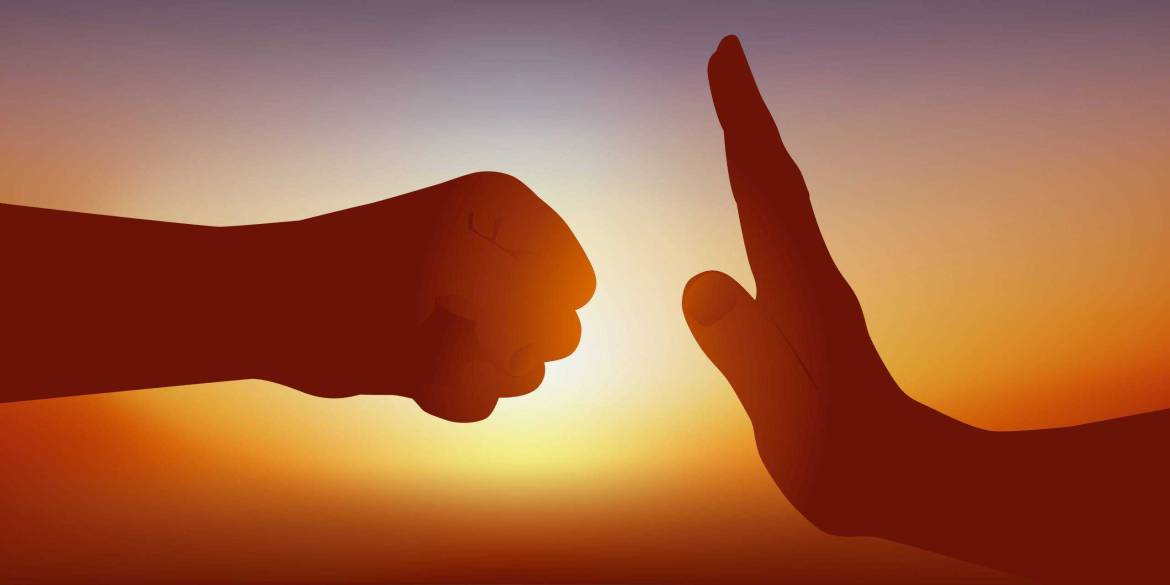Restorative Justice as a Transformative Process
At Mesures Alternatives des Vallées du Nord (MAVN), we often talk about restorative justice, where the offender agrees to repair the harm they have caused to the victim. Restorative measures take different forms, which may even include a criminal mediation meeting between offender and victim. Held under the supervision of a socio-judicial and penal mediator, such meetings often give rise to very touching moments. Let’s hear what our mediator Mélanie Renaud recently experienced.
MAVN : Melanie, you seem to have experienced an emotional mediation. Can you tell us what happened?
Mélanie : Of course, while respecting the anonymity of the people involved. It was a criminal mediation meeting between a young offender and a victim. Both had agreed to participate in a restorative justice process, which offers the opportunity to meet with one another.
MAVN : When we talk about restorative justice, is there always a meeting between the offender and the victim?
Mélanie : No, not necessarily, but it is one of the possible options. There are several types of restorative measures. We evaluate each case to determine whether a mediation meeting could be beneficial for both the offender and the victim. Of course, both parties must also be willing to meet. That’s why we contact each person beforehand to gauge their interest in a restorative justice approach.
MAVN : When this is the case, I imagine that we don’t just lock the two people in a room and say to them: “You’re on your own!”
Mélanie : Certainly not. We hold preparatory meetings with each person involved, a very important step. Next, we supervise the mediation meeting with an attitude of benevolent neutrality. The aim is to facilitate a discussion between the two protagonists, making sure that there is no power struggle between them.
MAVN : It can’t always be easy, especially when you’re talking about an offence like assault, where there has been physical violence. That was the case in this particular situation, wasn’t it?
Mélanie : Indeed. The assault was over a year old. It happened the night of a party. The victim, who was 17 years old at the time, had approached a young woman in a way that others found inappropriate. A group of young people wanted to teach the victim a lesson by beating her up.
MAVN : This is a fairly serious offence. Why was restorative justice chosen instead of a traditional criminal sanction?
Mélanie : It’s the prosecutor who makes this decision after evaluating each case. What I can say is that the offender did not really have the profile of a hardened criminal. He was a young person who wanted to find a group to belong to, like his friends. Basically, he was trying to feel appreciated, in a very bad way – which doesn’t take away the seriousness of his actions.
MAVN : Rightly, did the offender recognize that he had behaved badly, and that it was a serious offence?
Mélanie : Absolutely. We’re talking about a very intelligent person, usually responsible, who made a mistake. The young man felt very guilty and had regrets. He accepted responsibility for his actions, and he had taken the time to think about the consequences. This is precisely the attitude you want to find in an offender.
MAVN : What about the victim? How did she feel about meeting her attacker?
Mélanie : The victim was afraid, as is often the case. This is why the preparatory meetings are so important. We must inform the victims, reassure them, make them understand that the mediation takes place in a safe environment. The aim is not to relive the trauma of the attack, quite the contrary. The victim seeks to understand, to obtain answers. It is a step in their healing process.
MAVN : The offender does not share this fear.
Mélanie : But they do. At least, that was true in this case. In fact, the offender often wonders why the victim wants to meet with them. Some people even imagine that it is out of a desire for revenge, that the victim is trying to identify the offender in order to get payback. As for the victim, in addition to fearing the attacker, they are also afraid of reprisals.
MAVN : This is all simply in the minds of the people involved, I hope.
Mélanie : It is. Restorative justice really allows for true healing, closure, moving on. For the offender, it’s a kind of liberation, a weight lifted off their shoulders and an awareness of the experience of the Other. For the victim, it is a relief, a calming, a newfound peace. This is exactly what happened in the case we are talking about here.
MAVN : How did we arrive at such an outcome?
Mélanie : At the beginning of the mediation meeting, there is always uneasiness, a discomfort. For an offender, it is a courageous act to confront the victim, as it is for the victim to meet the offender. In addition to fear, there is also a cocktail of emotions. Sometimes anger. Shame. Guilt. It’s very uncomfortable for everyone.
MAVN : Is it the mediator who eases the atmosphere?
Mélanie : Yes and no. Of course, there is a brief introduction, the usual presentations. But very quickly, we let the people involved interact with one another. It is up to them to find their answers, their solutions. The role of the mediator is to facilitate the exchange by ensuring that no one tries to dominate the other. Aggression, intimidation, or any other power imbalance is not tolerated.
MAVN : And that’s difficult to manage?
Mélanie : It depends on each participant. But when the offender is aware of the consequences their actions, they are usually more receptive. And when the victim overcomes their fear and is open, they open the door to repentance and peace of mind.
MAVN : In the case you are telling us about, is this what you observed?
Mélanie : You bet! It was really touching. Spontaneously, the offender apologized. The young man said that he regretted his actions, that he hadn’t really thought about it. He then explained that he had been in the wrong place at the wrong time. He wanted to fit in with a new group of friends, without thinking about the consequences of his actions. He expressed himself very clearly, with sincerity and conviction. A message from the heart.
MAVN : That’s very mature. It’s as if we’re no longer talking about a simple offender, but rather a very responsible young man, who made a mistake and who recognizes it.
Mélanie : That’s exactly it. It was so touching that the victim burst into tears when she heard these words. I think that person felt heard, respected and understood. The fear went away, you could almost feel it. The tension also disappeared. It was as if the heavy legal proceedings were over. The relief felt by everyone was spectacular!
MAVN : It must have been a great feeling to watch all that.
Mélanie : Yes, it really was. You don’t always get such impressive results, but when you do, that’s when the restorative justice process makes complete sense. People who participate in good faith come out of it transformed.
MAVN : Are you thinking of the offender or the victim?
Mélanie : Both. For the offender, taking responsibility, becoming aware of the consequences of their actions, and apologizing is a wonderful opportunity to grow, to gain maturity. For the victim, it is extremely liberating. A big step towards real healing. In short, everyone wins!
MAVN : Including the mediator?
Mélanie : No doubt. To feel that we are participating in a transformative process that does so much good is very rewarding. It gives meaning to our efforts.
MAVN : And to our core mission as an alternative justice organization. Thank you for this beautiful testimony.
Description of the photo
The image accompanying this text illustrates the restorative justice approach. Even though the fist evokes aggression, it no longer reaches the victim’s hand. By asserting themselves and imposing themselves, the victim puts the brakes on the aggression and gently regains their power. The distance and misunderstanding that existed between the two is reduced. Despite their opposite posture and different attitudes, one perceives more proximity than aggressiveness. From this event emanates a light, a new light, a bearer of hope and a symbol of renewal. The two people involved will emerge transformed from this encounter.


Add Comment